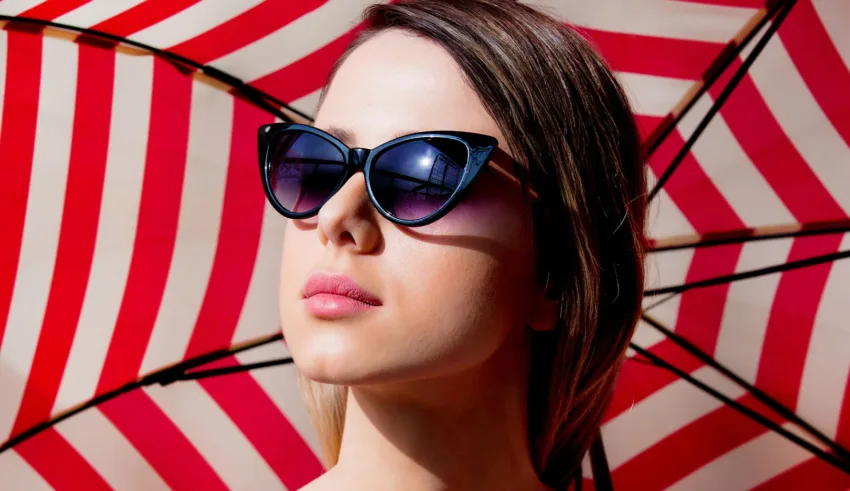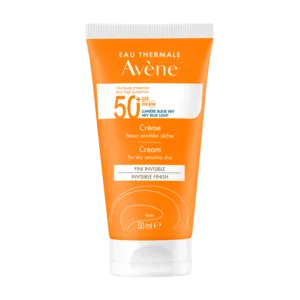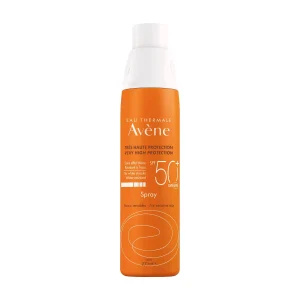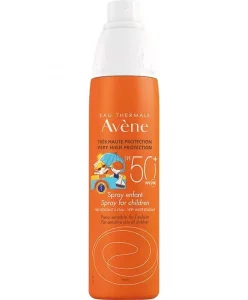
If you spend too much time in the sun, you may suffer from sun damage such as wrinkles and age spots. The right protection can keep these spots at bay and protect you from skin cancer. It can even help your skin heal if you’ve ever been sunburned. But how do you know which sunscreen is best to save your skin? To find out, read this article from The Dermo Lab!
What are the benefits of getting outside?
Our skin naturally makes vitamin D when exposed to the sun, which can have a positive impact on our body’s mental and physical functions. In fact, vitamin D can help boost your immune system and improve your mood by increasing serotonin levels in the body.
While the benefits of being outdoors are many, the sun’s UV rays can be dangerous if you don’t take precautions to protect your skin from the sun. The sun emits two different types of UV rays, both of which can be dangerous:
- UVA rays: responsible for sunburn, hyperpigmentation, and skin cancer.
- UVB rays: contributing to skin aging and skin cancer.
Although both types of UV rays can harm the skin, UVB rays are more likely to cause skin cancer, especially melanoma.
What factors affect UV exposure?
It’s important to protect your skin from both types of UV rays, as neither is safe. The following factors can affect your skin’s exposure to UV radiation:
- The time of day: Between 10 a.m. and 4 p.m., UV rays are strongest.
- Distance from the equator: The closer you are to the equator, the stronger the UV rays.
- Altitude: The higher the altitude, the greater the exposure.
- Reflection from surfaces: Sand, snow, and water can reflect sunlight, increasing UV exposure.
- Duration of exposure: The longer your skin is exposed to the sun, the higher your risk.
By taking the right steps to protect your skin from the sun, you can reduce your risk of skin cancer and prevent premature aging of the skin, such as wrinkles, brown spots, and leathery skin.
How to protect yourself from the heat of the sun?
You should know that even if it’s not sunny, your skin is still exposed to harmful UV rays every time you’re outside. Here are seven simple ways to limit your UV exposure and protect yourself from the sun.
- Choose the right kind of sunscreen.
Sunscreen is an effective way to minimize the risk of skin cancer and signs of premature skin aging caused by the sun. Except for babies under six months old, everyone should wear sunscreen when outdoors. When choosing a sunscreen, it is important to choose the right one. Here is our recommendation:
- A broad-spectrum sunscreen, offering protection from both ultraviolet A (UVA) and ultraviolet B (UVB) rays.
- With a sun protection factor (SPF) of 30 or higher.
- A sunscreen that is water resistant.
Keep in mind that while sunscreens may be “water resistant,” they are not waterproof or sweat resistant. Therefore, it is important to reapply frequently, especially if you are swimming or sweating.
If you’re looking for the perfect sunscreen, here’s a list of 5 great options depending on what you’re looking for.
For oily and acne-prone skin:
Eau Thermale Avène Very High Protection Fluid SPF 50+
For dry skin:
Eau Thermale Avène Very High Protection Cream SPF50+
For the body:
Eau Thermale Avène High Sun Protection Spray SPF 50+
For children’s sensitive skin:
Eau Thermale Avène Spray for Children SPF 50+
- Apply and reapply sunscreen regularly.
The way you apply sunscreen affects how well the sunscreen will protect your skin. The best way to apply sunscreen is to lather it on for 15 to 30 minutes before exposing your skin to the sun. This is about the time it takes for your skin to absorb it. After application, wait 10 to 20 minutes to avoid accidentally rubbing the sunscreen off. You can reduce the risk of sun damage by reapplying every two hours – or sooner if you’re swimming.
- Wear protective clothing.
Covering up with clothing is a great way to minimize your exposure to UV rays, but different types of clothing offer different levels of protection.
Many clothing brands also offer comfortable, lightweight tops and bottoms that can protect you from the sun’s UV rays. Look for clothing with a UV protection factor (UPF). A higher number means better UV protection.
- Cover your head with a wide-brimmed hat.
For maximum protection, wear a wide-brimmed hat that protects your face, ears, and neck.
- Protect your eyes with sunglasses.
Sunglasses are important to protect your eyes and the skin around your eyes from the sun. Look for sunglasses that say they block 99% or 100% of UVA and UVB rays.
- Avoid the sun during peak hours.
The sun’s UV rays are strongest between 10 am and 4 pm. Try to stay in the shade if you must be outside at this time of day.
- Seek shade wherever you can.
Staying in the shade can be a great way to get outside while limiting your UV exposure. Whether you seek shelter under a tree or set up a tent on the beach, it’s important to find shade, especially during peak sunlight hours. This is also true for babies, who should avoid unnecessary exposure to the sun. Babies under six months of age should always be protected from the sun by strollers, hats, and umbrellas.
How to protect hair from sun damage?
All hair types are susceptible to damage, regardless of color or texture. The good news is that there are precautions you can take to protect your hair from the hot summer sun. These precautions include:
- Wrap a scarf around your hair, wear a wide-brimmed hat or cover up with an umbrella.
- Go outside early or late in the day as you do to protect your skin.
- If you’re swimming in a chlorinated pool, wear a high bun to keep your hair dry.
- Use an SPF product designed to protect hair from harmful rays.
What to do if you get sun damage?
Most cases of sunburn are mild to moderate, which can be uncomfortable. If you have blisters, avoid opening them. If they break, clean them with soap and water and cover them with a wet bandage to prevent infection. In severe cases, you may need to seek medical attention.
Limit unnecessary sun exposure by properly applying sunscreen, covering up with clothing, hats, and sunglasses, and staying in the shade.
Last Updated on May 9, 2023













